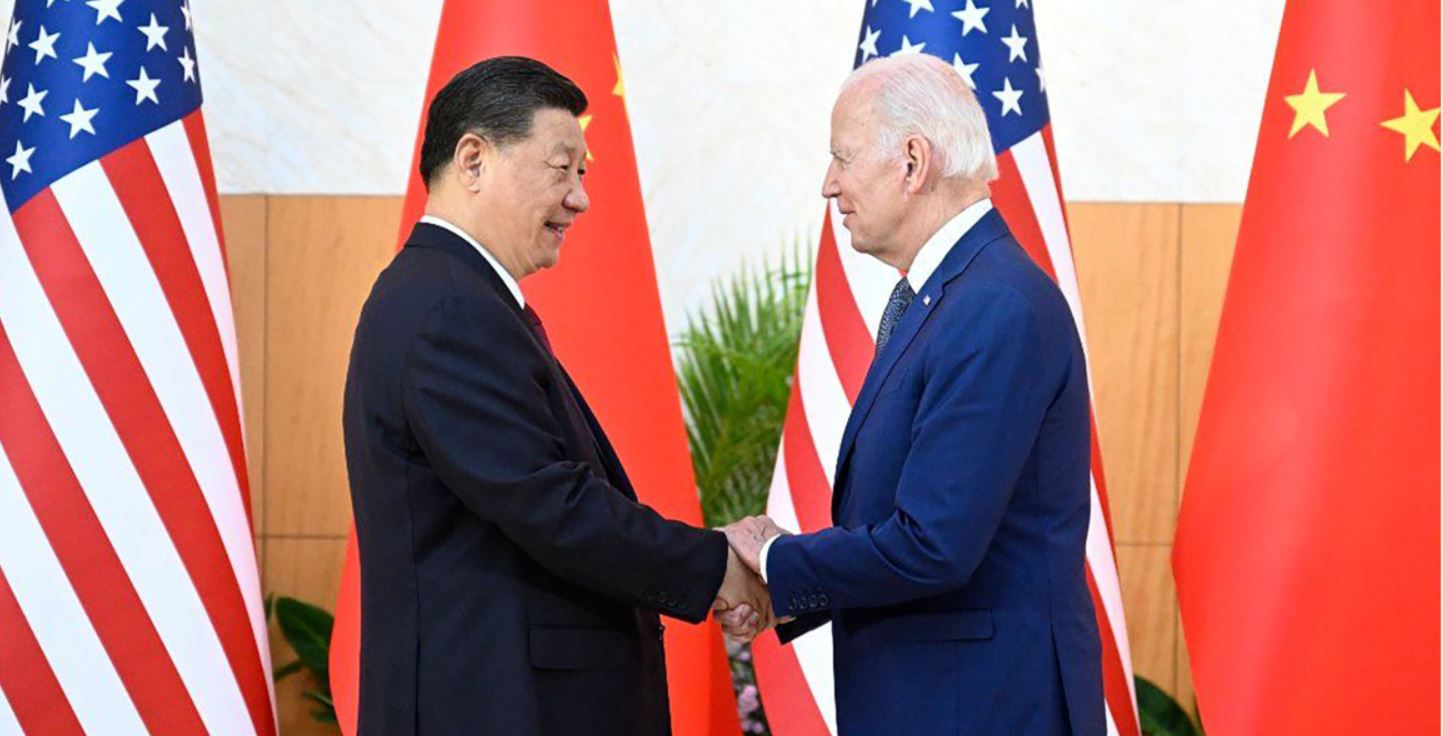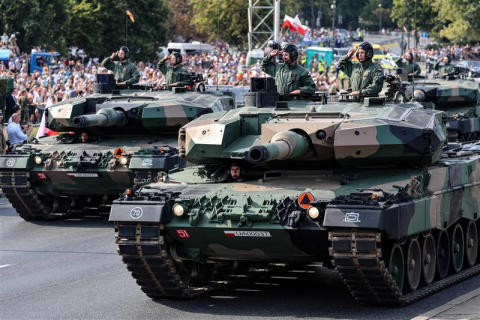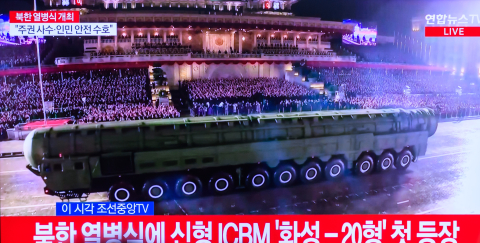The world’s powers are engaged in a fierce technological race. This is the balance of forces
The US struggles to retain its supremacy, China catches up and overtakes the leader in many areas while the EU is falling behind.

Studies and pronouncements by industry experts outline an area of consensus that can be summarized as follows: The United States comes from decades of total supremacy and retains a dominant position in key sectors; however, the Chinese boom is extremely strong, has been closing the gap at a great pace, in some cases overtaking Washington and in others already positioning itself as a competitor on a par; the European Union has significant assets, but barring a major change in dynamics, it will be substantially left behind.
“The US still has an advantage in some mature technologies. It pioneered the digital revolution and that still carries weight today. Its massive and prolonged push in the defense industry means that it remains a leader in military technology,” says Pannier.
[...]
“China has been able to rise to levels of global relevance in multiple sectors. It is a leader in surveillance and the use of artificial intelligence in public spaces. In the digital environment it has also made a huge leap, and is now a competitor that threatens the primacy of the United States,” says Pannier.
[...]
An estimate published by the US Foundation for Innovation and Information Technology also reflects the enormous Chinese rise, concluding that in absolute values, China already has a greater innovative potential than the US, using as parameters investment in R&D, venture capital, human capital and patents.
In this scenario, the EU is emerging as a second-tier player. “Europe has remarkable capabilities in some niches. For example in semiconductor design machines, 5G equipment or in some areas of software design,” says Pannier. There are other areas where Europe has players that compete superbly on a global scale. “But, in an overall look, you can’t compare with the two giants, it’s a bit painful,” Pannier concludes.
[...]
The realization of China’s rise prompted the United States to react to preserve its advantageous position more than a decade ago, with the pivot to Asia promoted by then President Barack Obama. “But then other elements made what was a bilateral rivalry centered on technology relevant to military and economic ascendancy assume a more global relevance,” Pannier says.
“In the past decade China has greatly developed its technology sector, with digital, surveillance, artificial intelligence capabilities that have astonished the world, while, in parallel, it was becoming an increasingly authoritarian regime. This spurs a reflection on China’s dependence. A key moment in this new global phase is when, prior to the pandemic, the United States acted to halt the deployment of Huawei’s 5G technology, pointing out possible security risks,” continues the expert. “Then the pandemic itself highlighted the risk of supply chain disruption, which can have political or natural reasons, and this helps to convince many of the need to reindustrialize so as not to be so dependent,” notes Pannier.
>> Retrouvez l'article dans sa totalité sur le site de El Pais.
>> L'article est également disponible en espagnol.

Média
Partager











